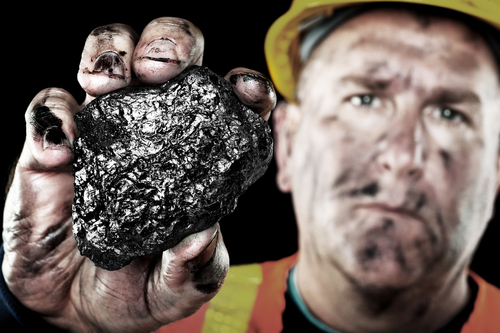
- In 2010, coal-fueled units produced, on average, over twice as much CO2 per unit of electricity as natural gas units.
- In 2011, the 10 least-emitting coal-fueled units emitted over 10 times as much SO2 per unit of energy input than the average combined cycle natural gas unit–an average of 0.007 pounds of SO2 per million Btu compared with an average of 0.0006 for combined cycle units.
- Similarly, the 10 cleanest coal-fueled units emitted 24 percent more NOx and 79 percent more CO2 per million Btu than the average combined cycle natural gas unit. Many natural gas-fueled units recently built have used highly efficient combined-cycle technologies, which rely on large gas turbines, also called combustion turbines, together with a steam generator and a steam turbine to convert waste heat in the exhaust stream to electricity.
- New natural gas-fueled generating units are able to convert fuel into electricity more efficiently than existing coal-fueled generating units, meaning they can convert a unit of fuel energy into more electricity than less-efficient coal-fueled units. Some natural gas-fueled units constructed in the last decade require less than 7,000,000 Btus of natural gas to generate 1 MWh of electricity.
- In contrast, existing coal-fueled generating units require around 10,000,000 Btus of coal to generate 1 MWh of electricity, and 187 coal-fueled units require over 12,000,000 Btus per MWh. Newer designs of coal-fueled units can operate at higher efficiencies, but few have been built in the United States.
- The most recent data indicate that it is still less expensive to acquire a million Btu with coal than with natural gas, but the gap is closing and the cost is expected to be essentially the same within about 10 years, after which the cost of coal per Btu will exceed that of natural gas.
Best Practices in Enviro for 2013
No Certainties
While current trends appear to favor the rise of natural gas and the decline of coal, it is not certain that coal will eventually be a fuel of the past. For example, should policies remain as they are today, the EIA estimates that coal will represent 38 percent of U.S. electricity generation in 2035, only a 4 percent drop from 2011. Coal’s future may also be affected by jobs. In 2011, the coal mining industry employed 86,000 workers, who produced 24 percent more coal than twice as many workers produced in 1985. The gradual decline in jobs in the coal mining industry has had a brutal economic impact on rural populations, particularly in Appalachia. This year, federal lawmakers led by the Appalachian contingent introduced a variety of bills to protect the mining industry from downstream regulations. Should the national economy and employment rate take a serious dive, we may see measures to protect the production of coal regardless of the price of natural gas.
Best Practices in Enviro for 2013
